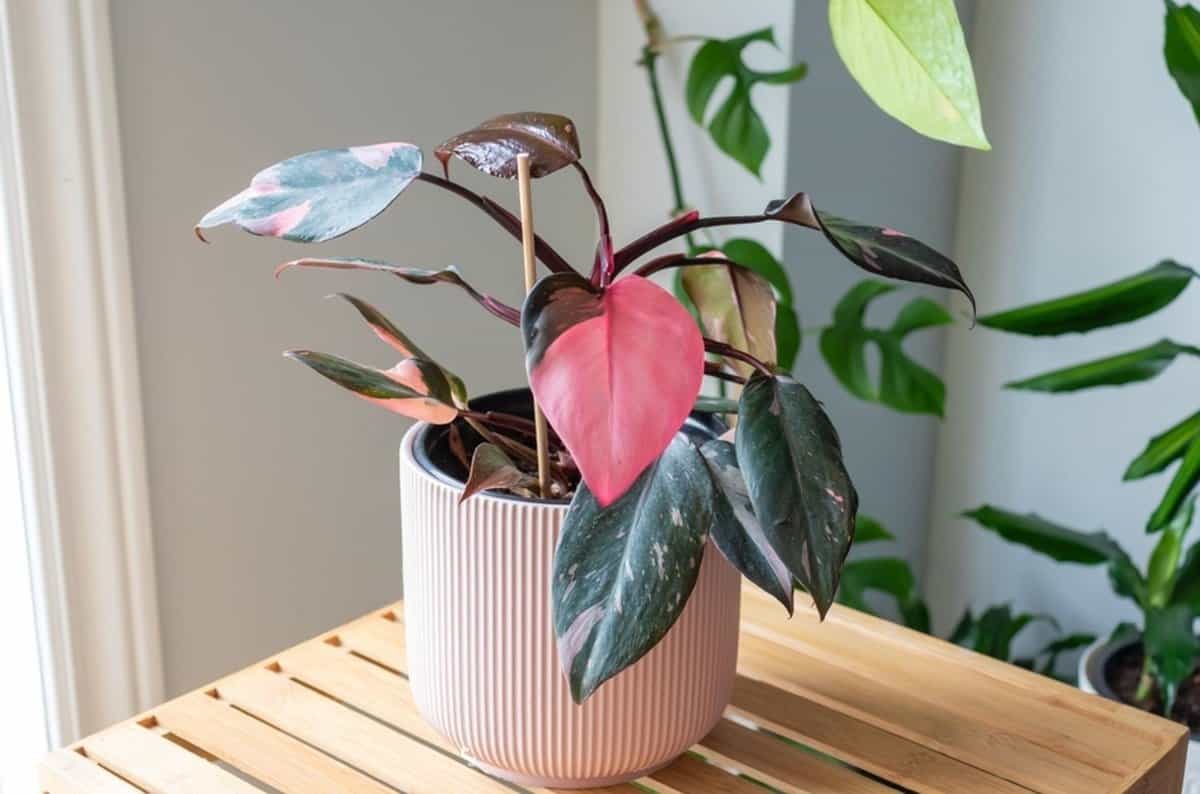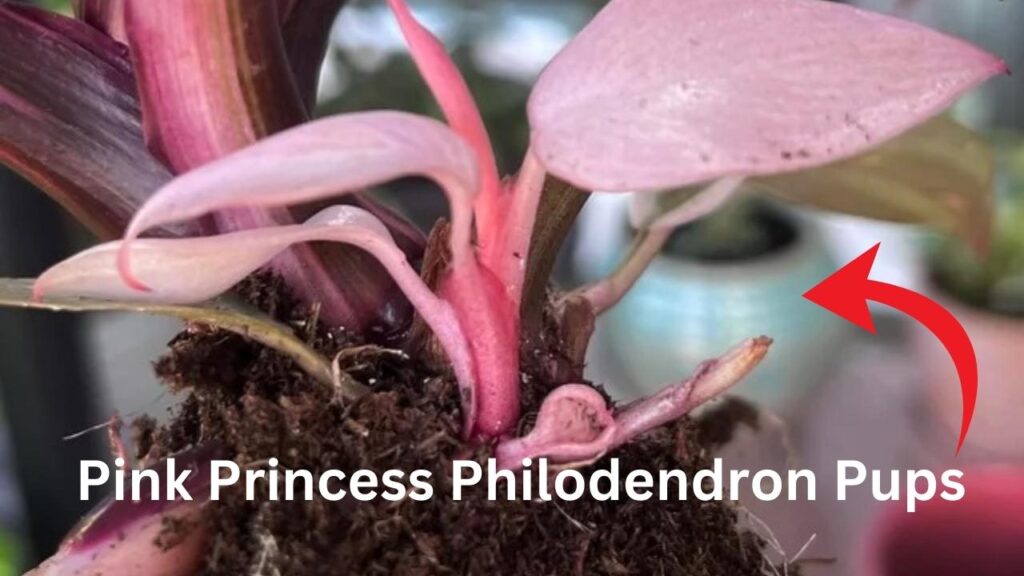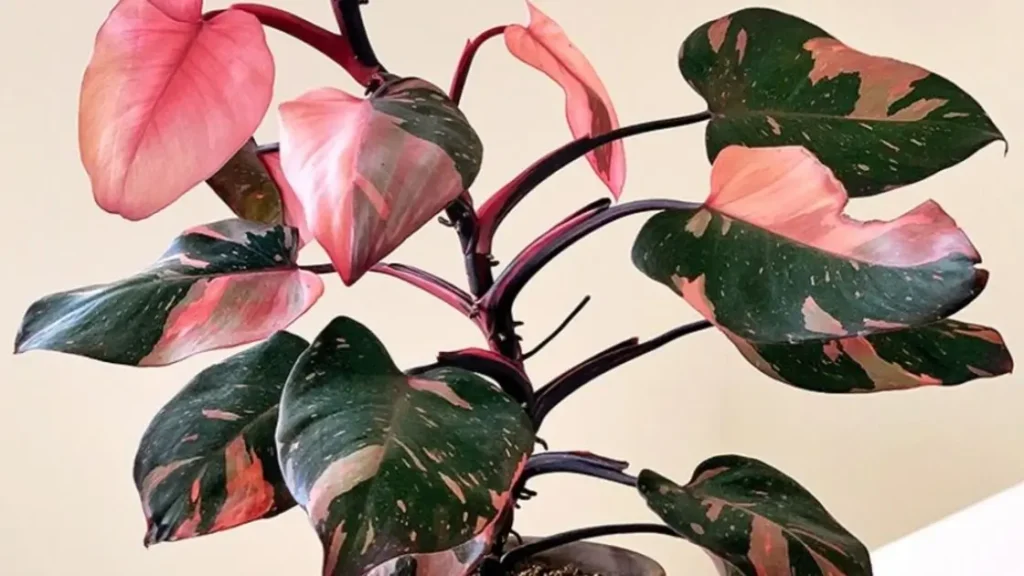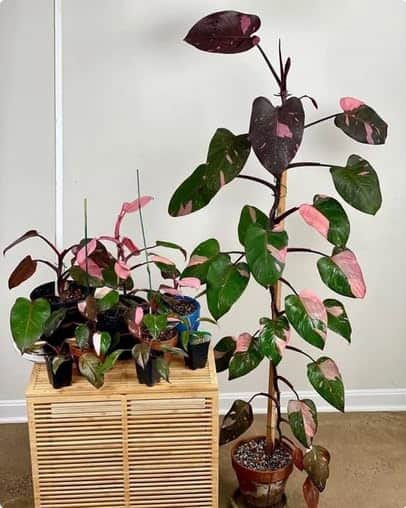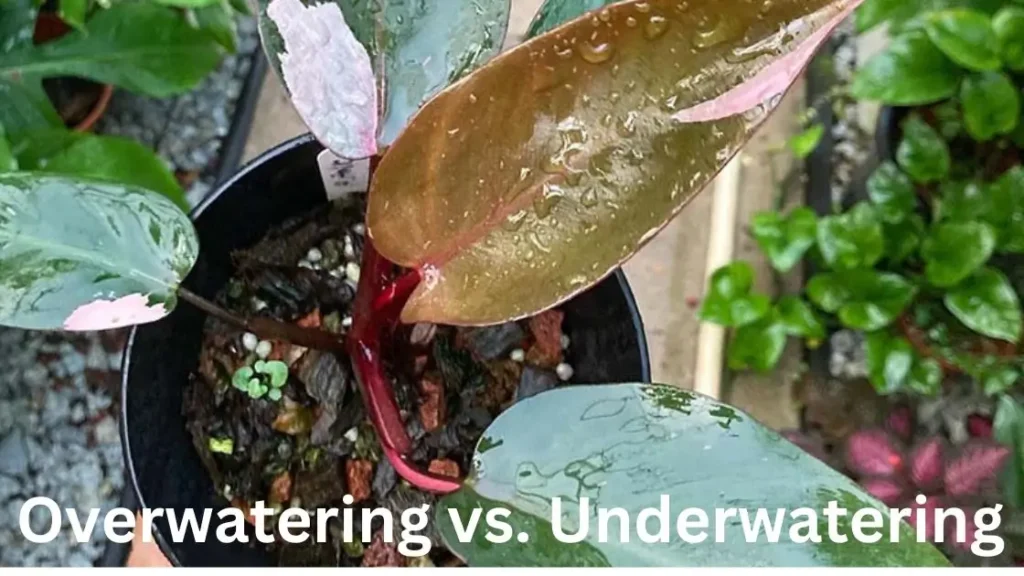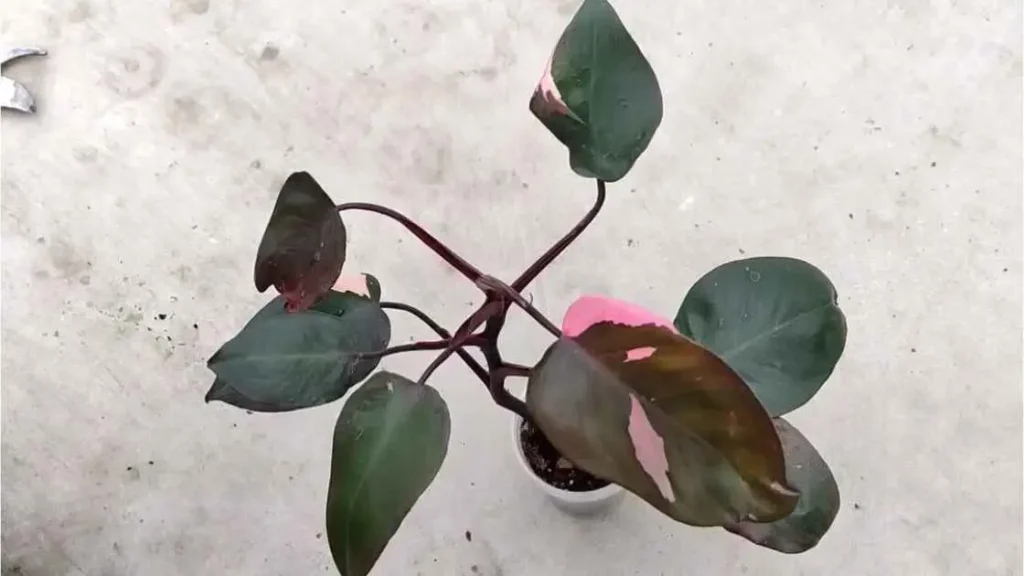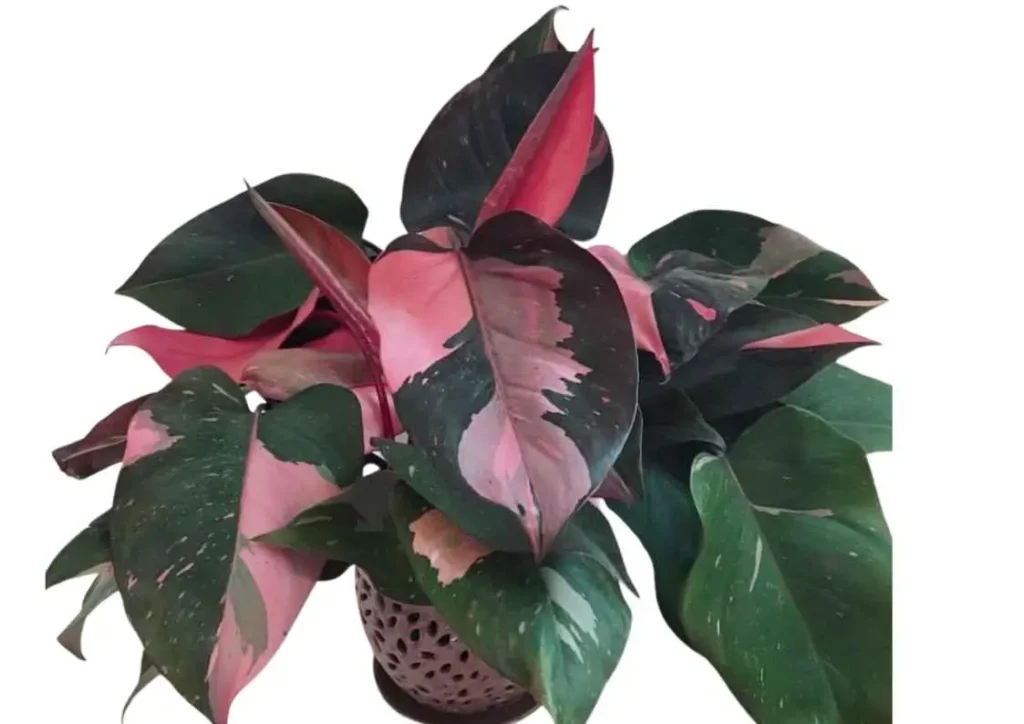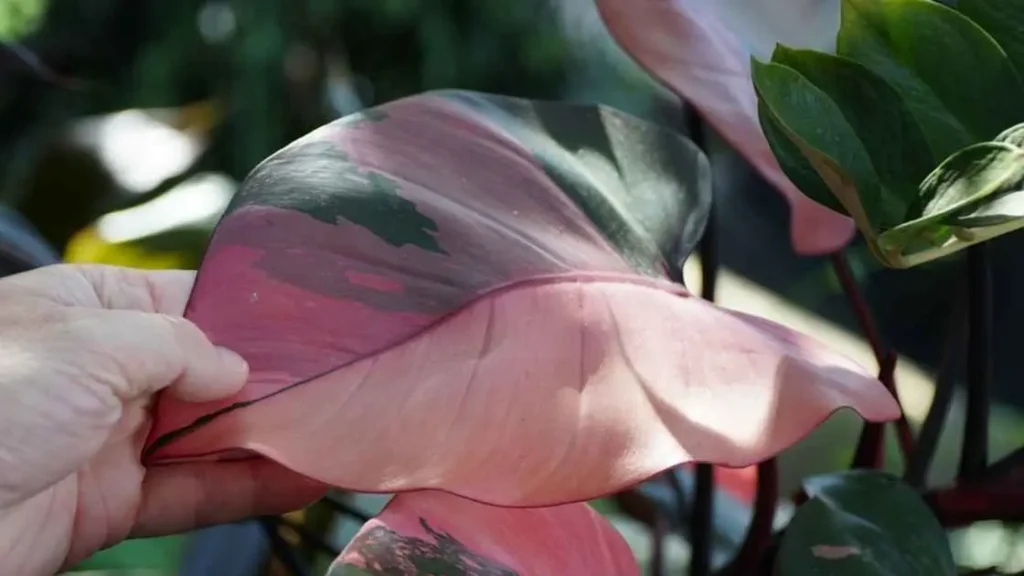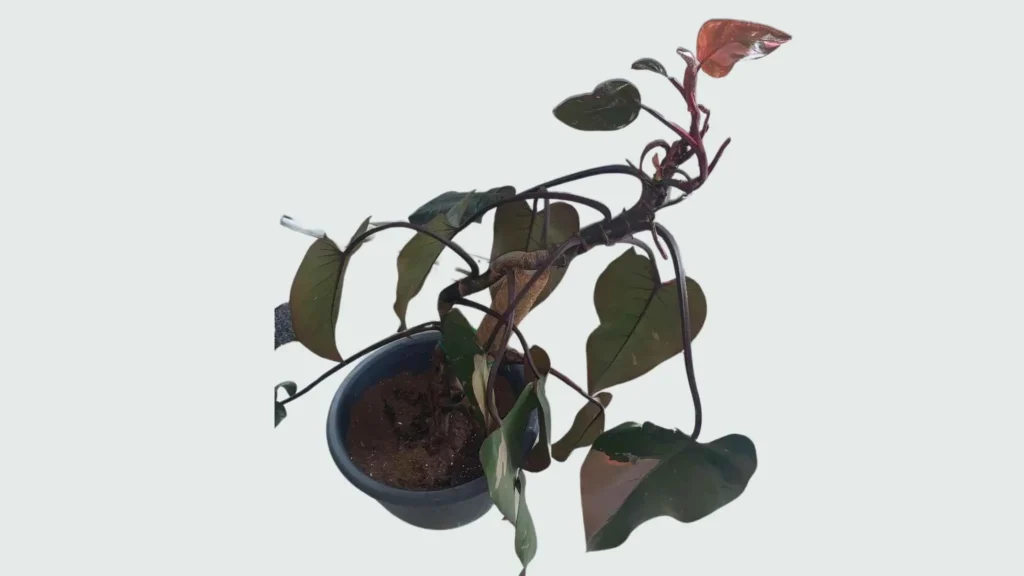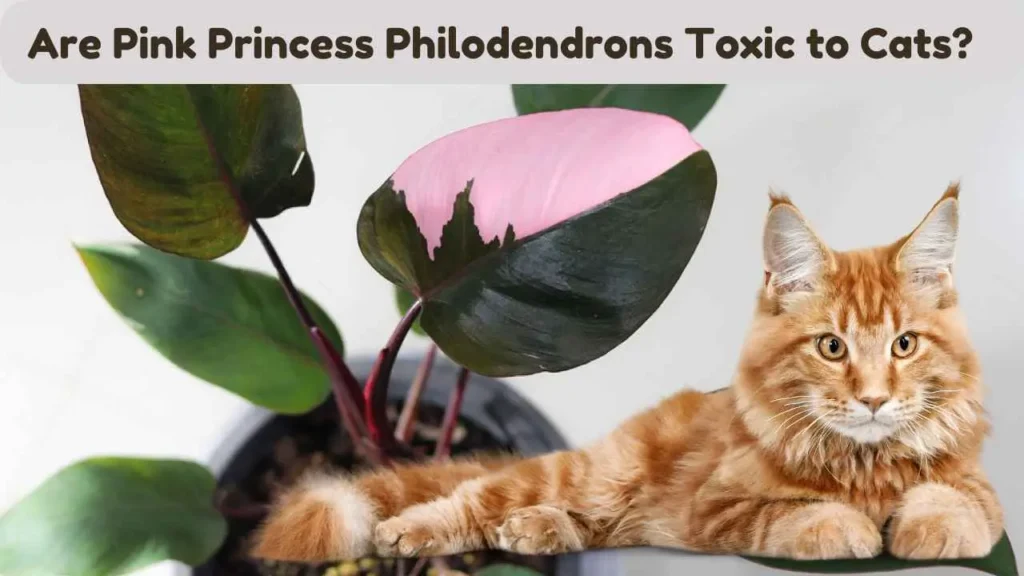Table of Contents
ToggleHave you ever seen a plant online that looked too perfect to be real? That was me when I first saw the Pink Princess Philodendron. Its green leaves with bright pink splashes caught my eye, and I fell in love instantly. I knew I had to get one. But finding a real Pink Princess wasn’t as easy as I thought.
I remember my first try well. After searching for weeks, I finally found what seemed like the perfect plant at a local nursery. It was expensive, but I convinced myself it was worth it. Imagine my disappointment when, a few months later, the pink faded, and the plant looked nothing like what I wanted. That’s when I realized how important it is to know how to identify a real Pink Princess Philodendron. It’s not just about the color; it’s about knowing what makes this plant special and how to spot a genuine one.
If you’re like me and want to avoid the same mistake, let’s learn how to identify a real Pink Princess Philodendron so you can get exactly what you’re looking for.
What Makes the Pink Princess Philodendron So Special?
Before we dive into how to spot a real Pink Princess Philodendron, let’s understand why this plant is so popular. It comes from the tropical rainforests of South America and is known scientifically as Philodendron erubescens. What makes it special is its variegation—where parts of the leaves turn pink, creating a stunning contrast with the dark green.
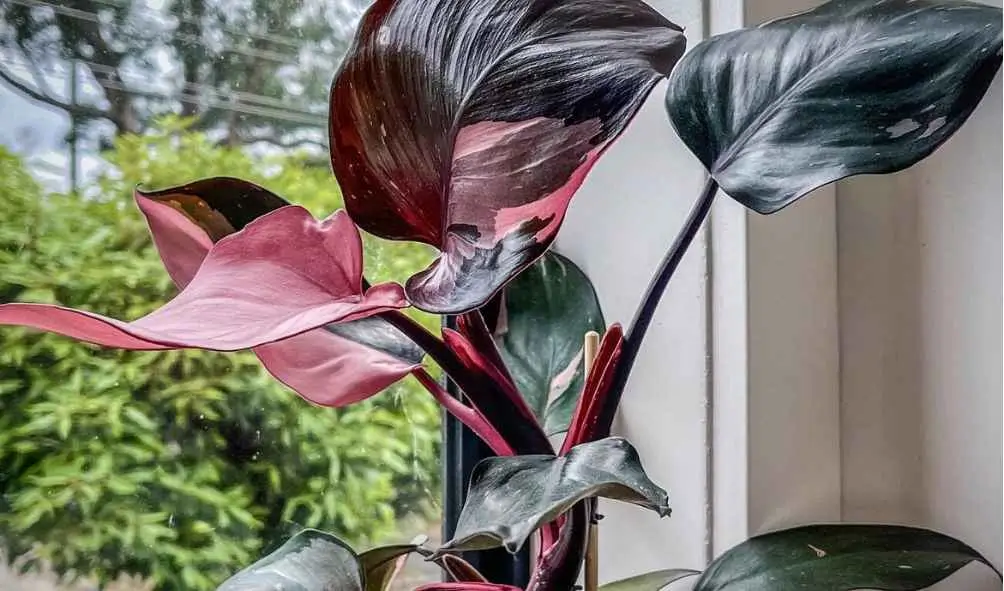
This variegation is a sign of a healthy plant. The Pink Princess isn’t a genetically modified plant; it’s a natural mutation where the chlorophyll in some parts of the leaf is reduced, allowing the pink color to show. This makes each Pink Princess unique—no two plants will have the exact same pink and green pattern.
How to Identify the Signature Pink and Green Variegation of a Genuine Pink Princess Philodendron?
To identify a real Pink Princess Philodendron, look for these key traits. They’ll help you spot the real deal from fake or mislabeled plants.
Leaf Coloration and Variegation
The most noticeable feature of a real Pink Princess Philodendron is its variegation. The leaves should have a mix of deep green and bright pink. Unlike some plants with evenly colored leaves, a real Pink Princess will have random pink patches that differ from leaf to leaf. Some leaves might even be fully pink, though this is rare.
Look for a good balance of pink and green on most leaves. If the leaves are mostly green with just a little pink, or if the pink is too evenly spread, it might be a fake. Also, remember that the pink color can change based on light and the age of the leaf.
Leaf Shape and Size
Real Pink Princess Philodendron leaves are usually heart-shaped with a slightly pointed tip. They should feel smooth and waxy, with a glossy shine. The leaves typically grow to about 5-8 inches long.
If the leaves are too small or too round, it might not be a true Pink Princess. If the leaves aren’t glossy or feel rough, you could be looking at a different Philodendron species.
Stem and Node Characteristics
Another sign of a real Pink Princess Philodendron is the color of its stems. The stems should have a pinkish tint, especially near the nodes where new leaves and roots grow. This pink color in the stems indicates the plant’s variegated nature.
Look closely at the nodes—the points on the stem where leaves grow. On a real Pink Princess, the nodes often show some pink. This is a subtle but key detail that sets the Pink Princess apart from other Philodendrons.
Growth Patterns
A real Pink Princess Philodendron has a specific growth habit. It tends to grow upward, with leaves spaced out along the stem, giving it a vine-like appearance. The leaves usually grow at an angle, making the plant look slightly cascading.
If the plant’s leaves are too close together or if it grows more like a bush than a vine, it might be a different Philodendron variety. Also, notice how the plant responds to light. Real Pink Princess Philodendrons thrive in bright, indirect light, which helps keep their pink color vibrant. If the plant isn’t producing pink leaves, it might not be getting enough light, or it could be a fake.
Common Look-Alikes and How to Differentiate Them
Now that you know what to look for in a real Pink Princess Philodendron, be aware of some common look-alikes that might be sold as the real thing. These plants can easily be mistaken for a Pink Princess, especially if you’re new to indoor gardening.
Philodendron Pink Congo
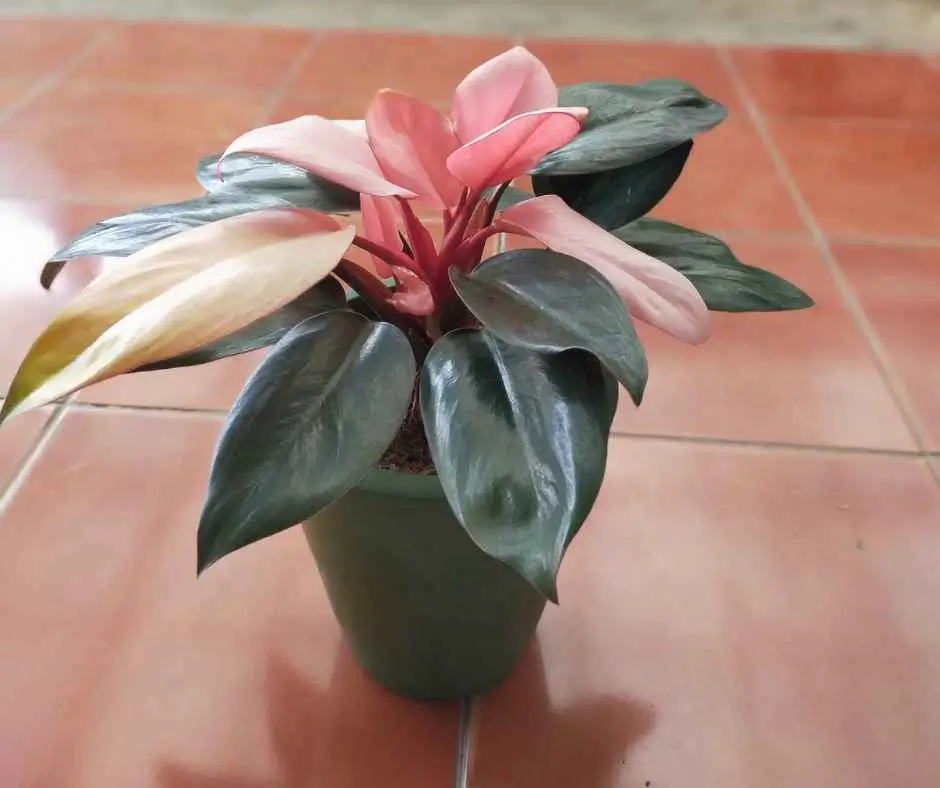
One of the most common fakes is the Philodendron Pink Congo. This plant has bright pink leaves, but unlike the Pink Princess, these leaves don’t have the same variegation. The pink color in a Pink Congo is often chemically induced and can fade over time, leaving you with a mostly green plant.
To tell a Pink Princess from a Pink Congo, look for the variegation. A real Pink Princess will have a mix of pink and green on the same leaf, while a Pink Congo’s leaves are usually all pink or all green with no mix of the two colors.
Philodendron Red Emerald
Another plant that’s often confused with the Pink Princess is the Philodendron Red Emerald. This variety has reddish stems and leaves that are more burgundy than pink. While it’s a beautiful plant, it doesn’t have the distinctive pink variegation of the Pink Princess.
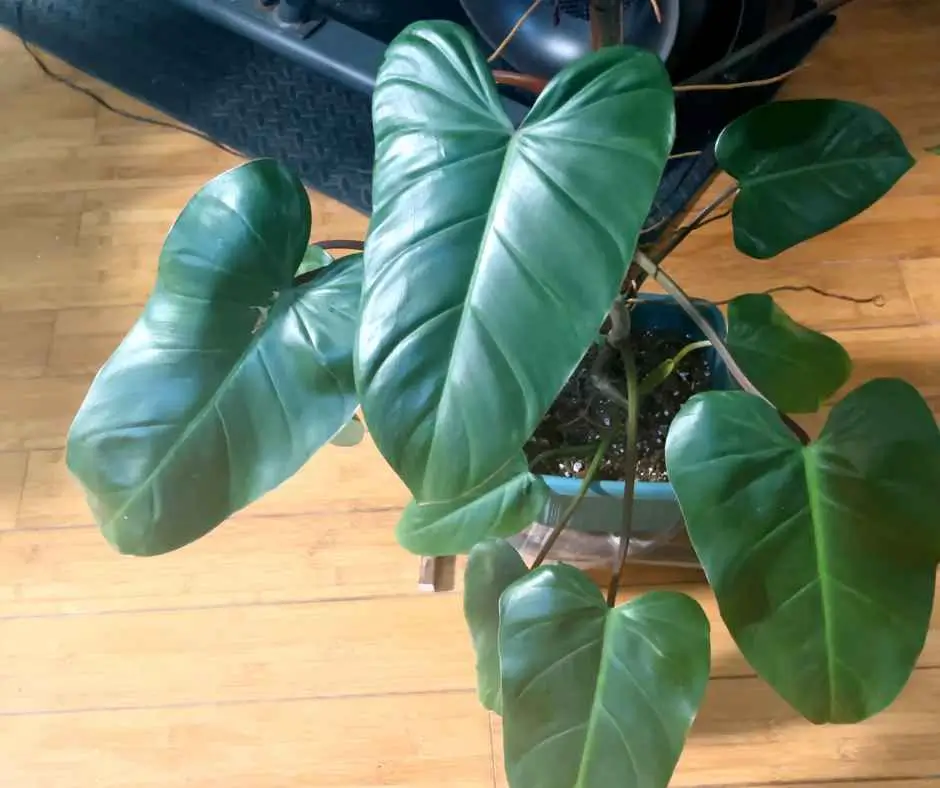
To tell the difference, check the leaf color closely. A Pink Princess will have bright pink hues, while the Red Emerald’s leaves are more dark red or maroon. The shape of the leaves can also help—Red Emerald leaves are narrower and more pointed than those of a Pink Princess.
Red Flags to Watch For
When shopping for a Pink Princess Philodendron, be cautious of a few red flags. If the price seems too low, it might not be genuine. Real Pink Princess Philodendrons are rare and expensive, so be wary of cheap offers.
Another red flag is uniformity. If all the leaves on the plant look exactly the same, with identical patterns and colors, it might be an artificially colored or modified plant, not a real Pink Princess. Genuine plants have natural variation in their leaves, making each one unique.
Where to Buy a Genuine Pink Princess Philodendron?
Finding a real Pink Princess Philodendron can be challenging, but it’s worth the effort. Here are some tips on where to buy a Pink Princess that you can trust.
Reputable Online Nurseries
Many online nurseries specialize in rare and exotic plants, and some offer Pink Princess Philodendrons. Reputable sellers include The Sill, Pistils Nursery, and Logee’s Plants for Home & Garden. When buying online, read reviews and check for authenticity guarantees. A good seller will be transparent about the plant’s origin and care needs.
Local Plant Shops and Nurseries
Seeing the plant in person is sometimes the best way to ensure you’re getting a real Pink Princess. Local plant shops and nurseries can be great resources, especially if they specialize in rare houseplants. Ask the staff about the plant’s background and care tips. Seeing the plant up close lets you check for the key traits we discussed earlier.
Community Recommendations
Joining online plant communities or forums can help you find trustworthy sellers. Sites like Reddit’s or Facebook groups for Philodendrons often have members who can recommend good sources. These communities are also great for asking questions and sharing experiences with other plant lovers.
Caring for Your Pink Princess Philodendron
Once you’ve found and bought a real Pink Princess Philodendron, the next step is to make sure it thrives. This plant, like all houseplants, has specific needs to keep its pink color vibrant and to stay healthy.
Optimal Growing Conditions
Pink Princess Philodendrons thrive in bright, indirect light. Direct sunlight can burn the leaves, while too little light can make the pink fade. A spot near a window with filtered light is ideal. If your home doesn’t get enough natural light, consider using a grow light.
Pink Princess Philodendrons prefer a warm environment, ideally between 65-80°F. They also like high humidity, so placing them near a humidifier or misting the leaves regularly can help keep the plant happy.
Watering and Feeding
Water your Pink Princess correctly to avoid problems. The soil should be consistently moist but not soggy. Overwatering can cause root rot, a common issue with Philodendrons. A good rule is to water the plant when the top inch of soil feels dry.
Feed your Pink Princess with a balanced, water-soluble fertilizer every 4-6 weeks during the growing season to promote healthy growth and vibrant colors. But don’t over-fertilize, as this can make the plant leggy and cause it to lose its variegation.
Pruning and Propagation
Pruning is important for keeping your Pink Princess Philodendron healthy. Regularly trimming back leggy growth will encourage the plant to grow more densely, enhancing its appearance. Pruning also helps maintain the balance of pink and green in the leaves.
If you want to propagate your Pink Princess, it’s easy. Just cut a healthy stem with a few leaves and nodes, place it in water or soil, and wait for roots to develop. Propagation lets you share this beautiful plant with friends or expand your own collection.
Troubleshooting
Even with the best care, your Pink Princess Philodendron might face some challenges. Here are a few common problems and how to fix them.
Loss of Variegation
If your plant’s leaves are turning more green than pink, it might not be getting enough light. Try moving it to a brighter spot and see if the color returns.
Yellowing Leaves
Yellowing leaves can be a sign of overwatering, underwatering, or a lack of nutrients. Check the soil moisture and adjust your watering schedule as needed. If the problem continues, consider repotting the plant with fresh soil and fertilizer.
Pest Infestations
Pink Princess Philodendrons can be susceptible to pests like spider mites, aphids, and mealybugs. Regularly check the leaves for pests and treat infestations promptly with insecticidal soap or neem oil.
Conclusion
Owning a real Pink Princess Philodendron is a rewarding experience for any plant lover. I remember how happy I was when I finally found a true Pink Princess after my first disappointment. There’s something special about seeing those bright pink leaves unfurl, knowing you have a rare and beautiful plant in your home.
If you’re thinking about adding a Pink Princess to your collection, take your time to find the right one. Don’t get discouraged if it takes a while—the best things in life are worth the wait. By following the tips and guidelines we’ve covered, you’ll be ready to identify and care for a real Pink Princess Philodendron, ensuring it thrives for years to come.
So, are you ready to start your journey with this stunning plant? Take your time, do your research, and enjoy the process. You might just find that the Pink Princess Philodendron becomes the crown jewel of your indoor garden.
FAQs
How can I tell if my Pink Princess Philodendron is real?
To check if your Pink Princess Philodendron is real, look for pink and green patches on the leaves. The leaves should be heart-shaped and glossy. The stems should have a pink tint. The plant should grow in a vine-like pattern. Avoid plants with all-green leaves or even pink color, as these might be fakes.
What’s the difference between a Pink Princess and a Pink Congo Philodendron?
The Pink Princess has natural pink and green patches on each leaf. In contrast, the Pink Congo has pink leaves that are often created using chemicals. The Pink Congo’s pink color usually fades over time and turns green.
Why is my Pink Princess Philodendron losing its pink color?
Your Pink Princess may lose its pink color if it doesn’t get enough light. Make sure it gets bright but indirect light to keep the pink color strong. Adjusting the light can help bring back the pink.
Where can I buy a genuine Pink Princess Philodendron?
You can buy a real Pink Princess Philodendron from trusted online stores, local plant shops, or by asking for recommendations from plant communities. Look for sellers with good reviews and a guarantee that the plant is real.
How do I care for my Pink Princess Philodendron to keep it healthy?
To keep your Pink Princess healthy, place it in a spot with bright, indirect light. Water it when the top inch of soil feels dry. Keep the humidity high around the plant. Regularly prune it and feed it during the growing season to help it stay vibrant.
Related
Discover more from Pink Philodendron
Subscribe to get the latest posts sent to your email.

